These creatures are known to cause significant damage to a variety of plants, turning a once vibrant garden into a landscape of half-eaten leaves and stems.
10 Best Trees for Clay Soil: What You Need to Know
Understanding the soil in your garden is step one for successful tree planting. Clay soil, known for its heavy texture and high nutrient content, can be a challenging yet rewarding environment for growing trees.
In this article, we’ll delve into the world of clay soil, explore the top 10 trees that flourish in such conditions, and share valuable tips to enhance your clay soil gardening experience.
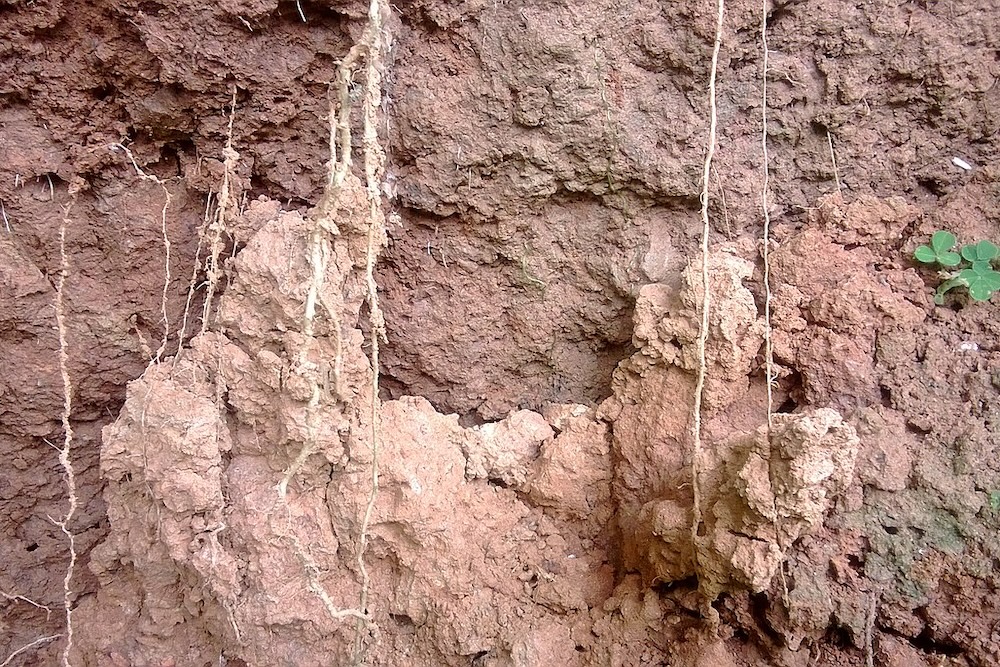
Understanding Clay Soils
What is Clay Soil?
Clay soil is easily identifiable by its sticky feel when wet and hard texture when dry. It’s dense and heavy due to consisting of over 25% clay particles.
Although this compact nature allows excellent water retention, it also contributes to poor drainage, increasing the risk of water-logging. However, clay soil is rich in nutrients like iron, calcium, and potassium, which are essential for tree growth.
Pros and Cons of Clay Soil
Clay soil’s nutrient-richness can significantly benefit trees that can cope with its other characteristics. Its water retention qualities mean that trees grown in clay soil often require less frequent watering than those grown in lighter, sandier soils.
However, the high water retention can also lead to waterlogged conditions, which many trees struggle to survive in. Additionally, clay soil can be challenging to work with due to its tendency to become very hard when dry or overly sticky when wet.
Choosing the Right Trees for Clay Soil
Factors to Consider When Planting Trees in Clay
When selecting trees for clay soil, it’s important to consider their tolerance to water-logging and their nutrient requirements. Some trees can thrive in the dense, often waterlogged conditions of clay soil, while others may struggle. The pH level of your soil is also an essential factor as some trees prefer more acidic or alkaline conditions.
Top 10 Trees for Clay Soil
Hymenosporum flavum (Native Frangipani)
Native to Australia, this plant can thrive in clay soil conditions. It offers fragrant flowers that add a touch of beauty to your yard.
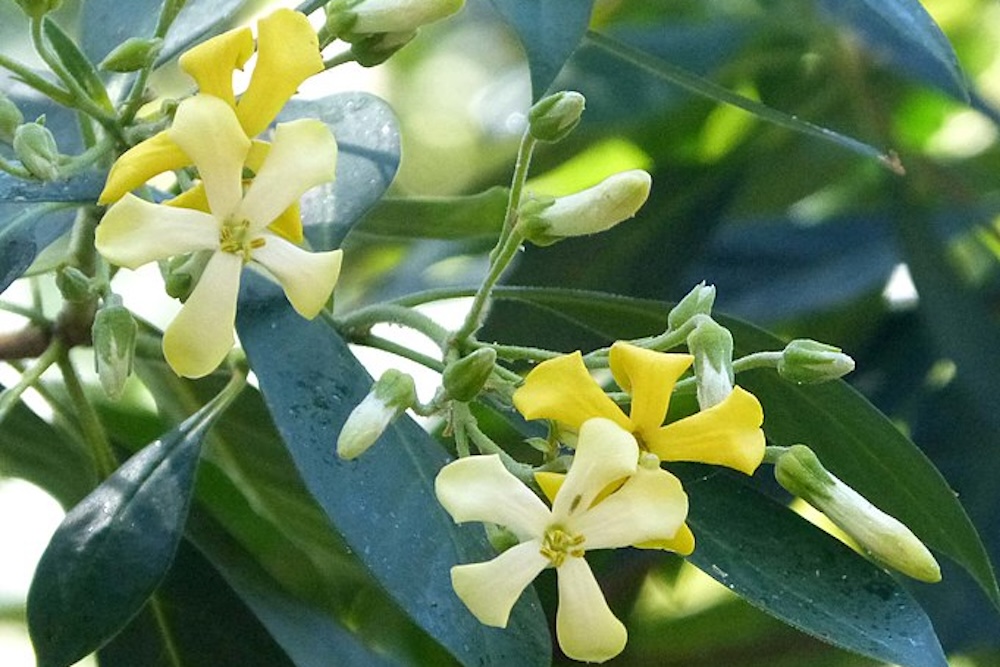
Acacia spp.
Acacias are typically versatile trees with some species that do particularly well in clay soils. These Australian (and African) natives are known for their beautiful yellow blossoms but are typically shorter-lived than other trees.
Eucalyptus, Corymbia, and Angophora spp. (Eucalypts)
Eucalypts are known for their adaptability, with some species being particularly well-suited to clay soils. These Australian natives offer beautiful blooms, aromatic foliage and come in a range of shapes and sizes for any garden, including small multi-stemmed mallies, small tree and larger trees.
Callistemon spp. (Bottlebrush)
Callistemons, or bottlebrushes, can grow either as shrubs or taller trees, making them a flexible choice for gardens with clay soil. They’re known for their distinctive brush-like flowers and some varieties can handle waterlogged conditions associated with clay soils.
Malus spp. (Crab Apple)
Crab Apple trees are known for their stunning springtime blossoms and adaptability to various soil types, including clay. These trees provide a spectacular display of colour in autumn as well, just before their leaves drop.
Thuja spp.
Thuja is a genus of coniferous trees that are well-suited to clay soils. These trees are known for their dense, evergreen foliage and can make a striking addition to any landscape.
Betula spp. (Birch)
Birch trees are known for their distinctive bark and ability to thrive in various soil conditions, including clay. These trees prefer moist soil, making clay soil an ideal environment for them unless you allow it to become overly compacted and dry.
Acer spp. (Maple)
Maple trees are a popular choice for many gardeners due to their stunning autumn colours. Many have a good tolerance for poor conditions and heavier soils, while some do prefer the soil well drained.
Platanus spp. (Plane Trees)
Plane Trees are robust and hardy trees that do well in clay soils. They’re known for their beautiful bark that naturally peels off in chunks to give a mottled look to their trunk and branches, and their gorgeous large, lobed leaves. Beware that their flowers and fruits can be problematic for people with lung conditions.
Cupressus spp. (Cypress)
Cypress trees are evergreen conifers that can adapt to clay soil conditions. These trees are known for their columnar shape and dense, dark-green foliage, adding an element of height and structure to your garden. Beware of the dreaded cypress canker disease that can wipe out large populations of these trees.
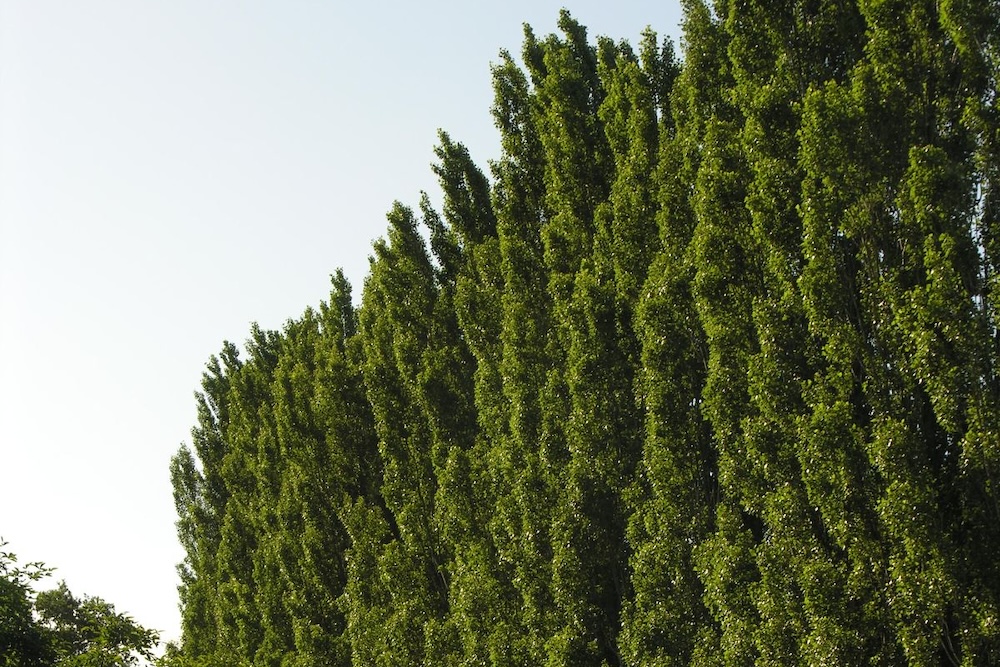
Tips for Gardening in Clay Soil
Improving Soil Structure
Enhancing the structure of your clay soil can significantly improve your tree planting success. One effective method is adding organic matter, such as compost or well-rotted manure. This can improve drainage and make the soil easier to work with.
Proper Watering Techniques
Proper watering is crucial in clay soil gardening. Due to its high water retention, overwatering can easily lead to waterlogged conditions. Therefore, it’s vital to water deeply but infrequently, allowing the soil to dry out between waterings.
Daniel’s Wrap
Planting trees in clay soil may pose unique challenges, but with the right selection and care, it can become a fulfilling endeavor. Experiment with the trees listed in this article and follow the shared tips for a thriving clay soil garden. Happy gardening!

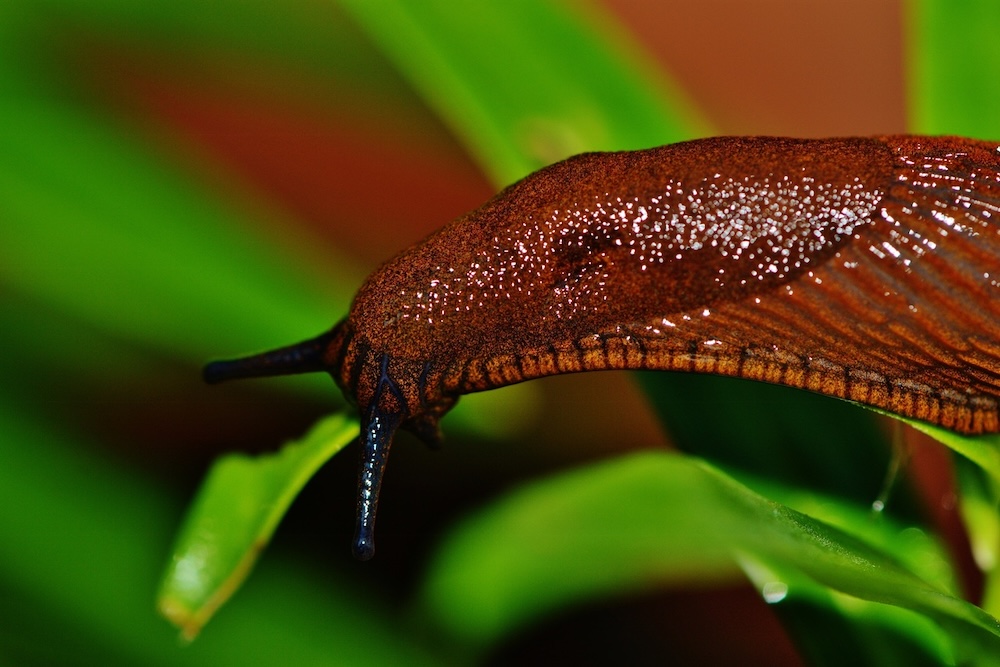
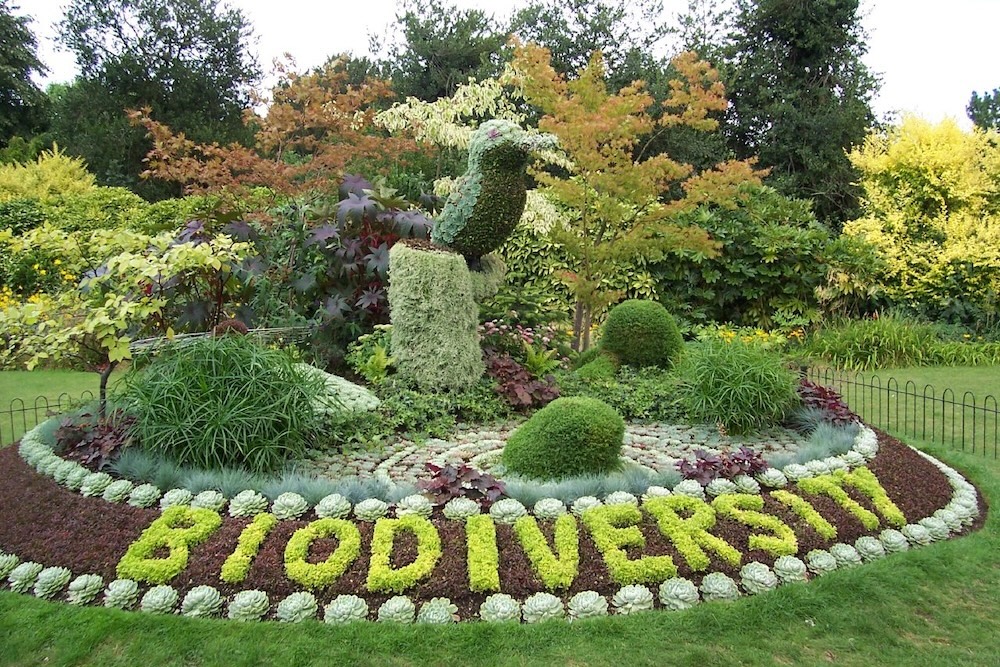
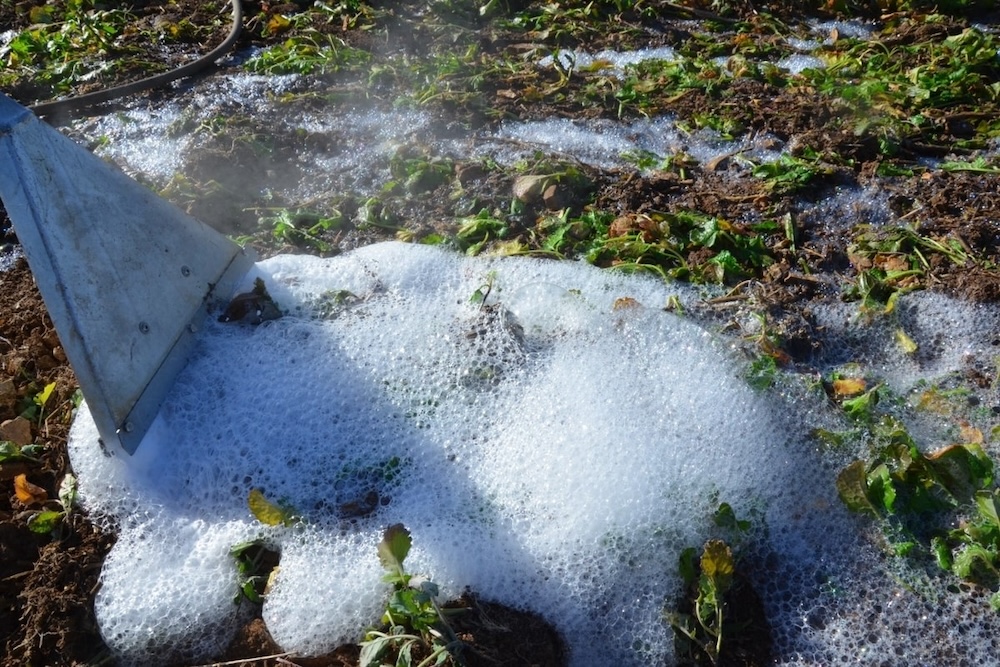
This Post Has 0 Comments